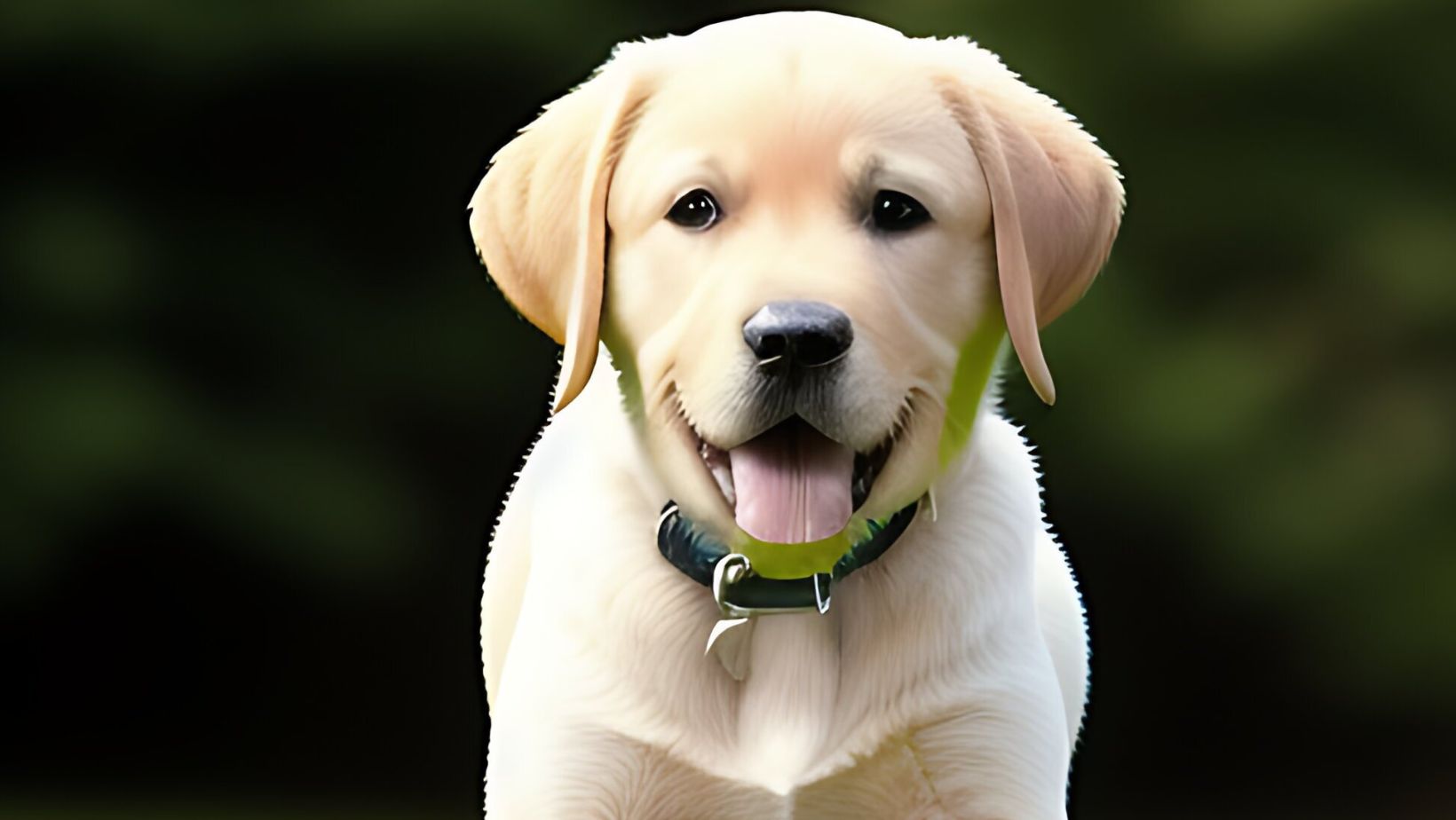How to Stop Dog from Howling When i Leave
Are you wondering why your Labrador is howling when you leave and looking for ways to prevent it? Howling can be a distressing behavior for both you and your dog, but understanding the possible causes behind it is the first step towards finding a solution. In this article, I’ll explore some of the common reasons why Labradors howl when left alone and provide effective strategies to help stop this behavior.
Separation anxiety is one potential cause of excessive howling in Labradors. Dogs are social animals, and when they become overly attached to their owners, they may experience anxiety when left alone. This can manifest through behaviors such as howling, destructive chewing, or excessive pacing. Understanding separation anxiety and implementing appropriate training techniques can help alleviate your Labrador’s distress.
Another possible cause could be boredom or lack of mental stimulation. Labradors are intelligent breeds that require regular exercise and mental enrichment to keep them happy. If your dog isn’t getting enough physical activity or mental stimulation throughout the day, they may resort to howling as a means of expressing their frustration or seeking attention. Providing interactive toys, puzzle games, and structured daily routines can help combat boredom-related howling.
Stay tuned for the rest of this article where I’ll delve deeper into these causes and share practical tips on how to address them effectively. By understanding the underlying reasons behind your Labrador’s howling behavior and implementing appropriate strategies based on those causes, you’ll be well on your way to creating a calm and contented environment for both you and your furry friend.
Understanding Why Labradors Howl
Labradors, like many other dog breeds, have a natural inclination to howl. It’s important for dog owners to understand the reasons behind this behavior in order to address it effectively. Here are some possible causes of why Labradors howl and tips on how to stop your dog from howling when you leave:
- Communication: Dogs use vocalizations, including howling, as a means of communication. Howling can be their way of expressing loneliness, anxiety, or seeking attention. When left alone for extended periods, Labradors may resort to howling as a way of trying to connect with their owners.
- Separation Anxiety: Labradors are known for their loyalty and attachment to their human companions. When they become overly dependent on their owners and feel anxious when separated from them, they may start howling as a distress signal.
- Boredom or Lack of Stimulation: A bored Labrador is more likely to engage in disruptive behaviors such as excessive barking or howling. If your dog doesn’t have enough mental and physical stimulation throughout the day, he may resort to vocalizing his boredom through howls.
- Environmental Triggers: Certain sounds or stimuli in the environment can trigger a Labrador’s instinctual response to howl. For example, sirens, other dogs’ barking nearby, or even music playing loudly might prompt your Labrador to join in.

Separation Anxiety in Labradors
One possible cause of your Labrador’s howling when you leave is separation anxiety. Labradors are known to be social and affectionate dogs, and they can develop a strong bond with their owners. When left alone for extended periods, they may experience feelings of distress and loneliness, leading to howling as a way to express their anxiety.
Here are some key points to understand about separation anxiety in Labradors:
- Symptoms of Separation Anxiety: Dogs with separation anxiety may exhibit various signs such as excessive barking or howling, destructive behavior (like chewing furniture or scratching doors), pacing, panting excessively, or even having accidents indoors despite being house-trained.
- Understanding Triggers: It’s important to identify the triggers that cause your Labrador’s separation anxiety. It could be related to specific actions like picking up your keys or putting on your shoes before leaving the house. Recognizing these triggers can help you implement strategies to minimize your dog’s distress.
- Gradual Desensitization: One effective approach is desensitization training, which involves gradually exposing your Labrador to situations that trigger their anxiety while providing positive reinforcement and rewards for calm behavior. Start by practicing short departures and gradually increase the duration over time.
- Creating a Safe Environment: Make sure your Labrador has a comfortable space where they feel secure when you’re away. Provide them with engaging toys, puzzle feeders, or treat-dispensing toys that can keep them occupied and mentally stimulated during alone time.
- Counter-Conditioning Techniques: Counter-conditioning involves associating positive experiences with being alone by offering special treats or engaging in fun activities only when you’re not around. This can help shift their negative perception of being alone into a more positive one.